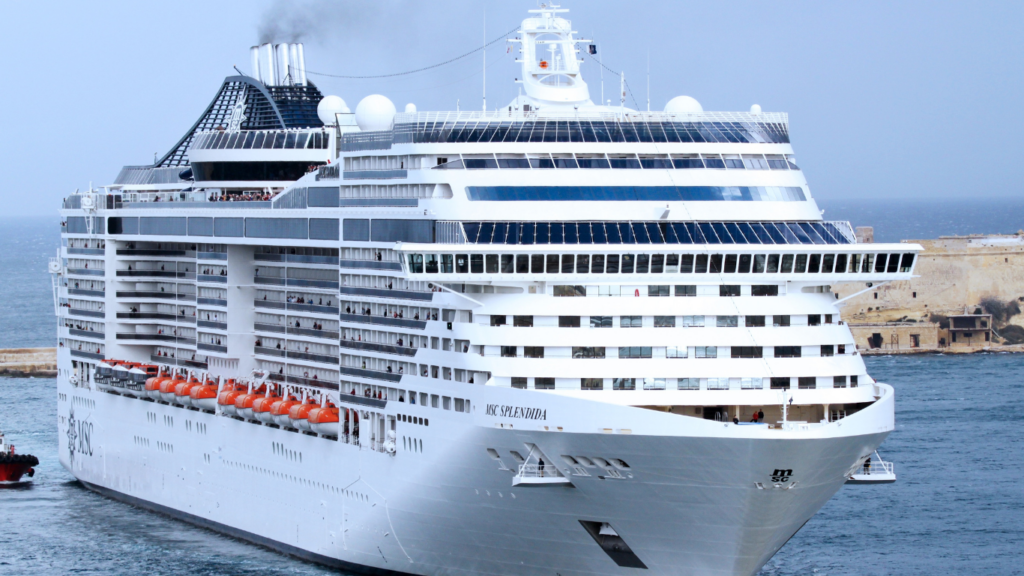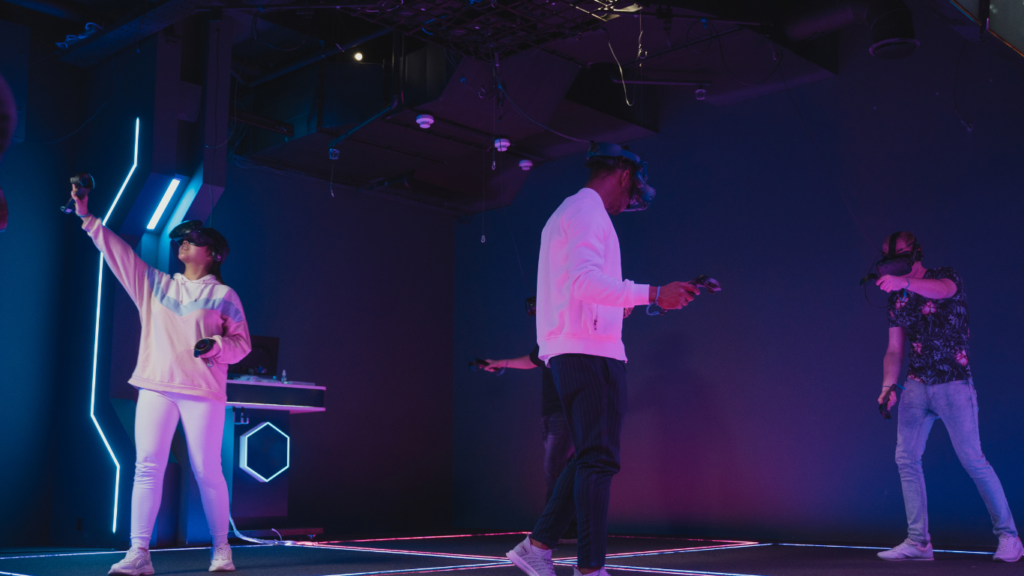The Revival of Cruise Vacations
The cruise industry has bounced back, adopting new strategies to ensure passenger safety. Cruise lines now prioritize health protocols, integrating advanced sanitation measures. Ships feature upgraded air filtration systems and disinfection technologies, promoting a healthier onboard environment.
Enhanced booking flexibility has also contributed to this revival. Cruise lines offer more lenient cancellation policies, giving travelers peace of mind. These policies allow easier rescheduling or refunds, accommodating unpredictable travel plans.
Innovative onboard experiences have been introduced. Cruise ships now boast virtual reality activities, interactive culinary classes, and personalized entertainment options. These offerings attract a diverse range of passengers, making cruises more appealing than before.
Sustainability efforts have gained traction. The industry focuses on reducing its carbon footprint, employing eco-friendly technologies. Ships use cleaner fuels and advanced wastewater treatment systems, ensuring minimal environmental impact.
The resurgence of cruise vacations can be attributed to these significant changes. Passengers enjoy a safer, more flexible, and environmentally conscious travel experience, making cruises a preferred choice for many travelers today.
Health and Safety Protocols
Cruise lines have revamped their health and safety protocols to ensure passenger well-being. These updated measures cover sanitation, social distancing, and vaccination requirements.
Enhanced Sanitation Measures
Cruise ships now employ advanced cleaning techniques. Daily disinfecting of high-touch areas (railings, elevator buttons) is standard. Electrostatic sprayers and UV-C light technology are used to sanitize cabins and common areas. Crew members receive training in the latest hygiene practices.
Social Distancing Practices
Social distancing is integral on board. Ships operate at reduced capacity to minimize crowding. Dining areas provide spaced seating, and staggered meal times prevent large gatherings. Virtual queues replace physical lines, ensuring passengers can maintain distance.
Vaccination and Testing Requirements
Vaccination is often required for both passengers and crew. Proof of vaccination is necessary before boarding. In addition to vaccination, many cruise lines conduct pre-departure testing. Rapid tests at embarkation screens for COVID-19, and periodic testing during the cruise monitors health.
Technological Advancements
Cruise lines have embraced innovative technology to enhance passenger safety and create a seamless experience. These advancements have transformed the way cruises operate and entertain guests.
Contactless Services
Contactless services have become a cornerstone of the modern cruise experience. Keyless cabin entry, for example, allows passengers to use digital keycards or mobile apps to access their rooms, minimizing physical contact with surfaces. Similarly, dining on cruises has evolved with contactless menus accessed via QR codes and digital ordering systems. Passengers can now make reservations, place orders, and receive food without direct interaction with staff, enhancing safety and convenience.
Virtual Entertainment Options

Cruise vacations now feature virtual entertainment options to engage passengers in innovative ways. Many ships offer virtual reality (VR) experiences, allowing guests to explore new worlds and participate in immersive activities. Augmented reality (AR) features are available onboard, enhancing tours and interactive games. Some cruises provide virtual excursions, enabling passengers to “visit” destinations digitally if they prefer staying onboard. These tech-driven entertainment options cater to diverse interests and offer fresh, exciting experiences.
Technological advancements are reshaping the cruise industry, making vacations safer and more enjoyable through innovative solutions.
Destinations and Itineraries
Cruise vacations have seen shifts in both destinations and itinerary flexibility. These changes make cruising more appealing to seasoned travelers and newcomers alike.
New Popular Destinations
Cruise lines now explore less traditional destinations, offering unique experiences. Small ports in Asia such as Okinawa, Japan, and Sihanoukville, Cambodia, have become popular. European routes now include stops in Croatia’s Dubrovnik and Montenegro’s Kotor. South American itineraries often feature the Galápagos Islands and Antarctica for adventurous travelers. These destinations provide rich cultural experiences and unspoiled natural beauty.
Changes in Itinerary Flexibility
Flexibility has become a key feature in modern cruise itineraries. Companies now offer more customizable options, allowing travelers to make spontaneous decisions. Passengers can now select from varied shore excursions or extend stays at ports. Some lines offer “open-jaw” itineraries, where travelers embark and disembark at different ports, accommodating diverse travel interests. This flexibility ensures that travelers can adapt their journey to personal preferences and unexpected situations.
Onboard Experience
Cruise vacations have significantly evolved, enhancing the overall onboard experience for travelers.
Dining and Culinary Innovations
Cruise lines now offer world-class dining options, featuring cuisines from around the globe. Travelers find specialty restaurants with Michelin-starred chefs, offering gourmet meals that rival the finest land-based establishments. Interactive dining experiences, like cooking classes and chef’s table events, have become popular, providing guests with unique gastronomic insights. Increased emphasis on dietary requirements ensures every passenger finds delicious options, whether vegan, gluten-free, or keto.
Enrichment Programs and Activities
- Enrichment programs on cruises cover a wide range of interests.
- Guests choose from immersive workshops, language classes, and cultural seminars.
- Renowned experts and celebrity speakers often lead these programs, enhancing the educational value.
- Fitness enthusiasts find upgraded gyms, yoga sessions, and various water sports, ensuring physical activity options for everyone.
- Families benefit from expanded children’s clubs, offering interactive and educational activities tailored to different age groups.
Environmental Sustainability
Cruise lines now prioritize environmental sustainability to attract eco-conscious travelers. Significant changes include:
- green initiatives
- waste reduction programs
Green Initiatives
Cruise companies invest in technologies to reduce their carbon footprint. LNG (liquefied natural gas) powered ships are more common. Companies like Carnival Corporation launched LNG-powered vessels, demonstrating commitment to cleaner energy. Solar panels supplement energy needs on some ships, reducing reliance on fossil fuels. Hull designs have improved for better fuel efficiency, minimizing energy consumption. Onboard, eco-friendly products replace single-use plastics in daily operations.
Waste Reduction Programs
Cruise lines now emphasize waste reduction through comprehensive programs. Advanced wastewater treatment systems ensure minimal environmental impact. These systems treat water to near-drinking quality before discharge. Recycling initiatives onboard sort waste meticulously, separating recyclables from non-recyclables. Companies like Royal Caribbean implement food waste reduction technologies, converting food scraps into renewable energy. Passengers are encouraged to participate in waste reduction by using designated recycling areas and minimizing waste volumes.





